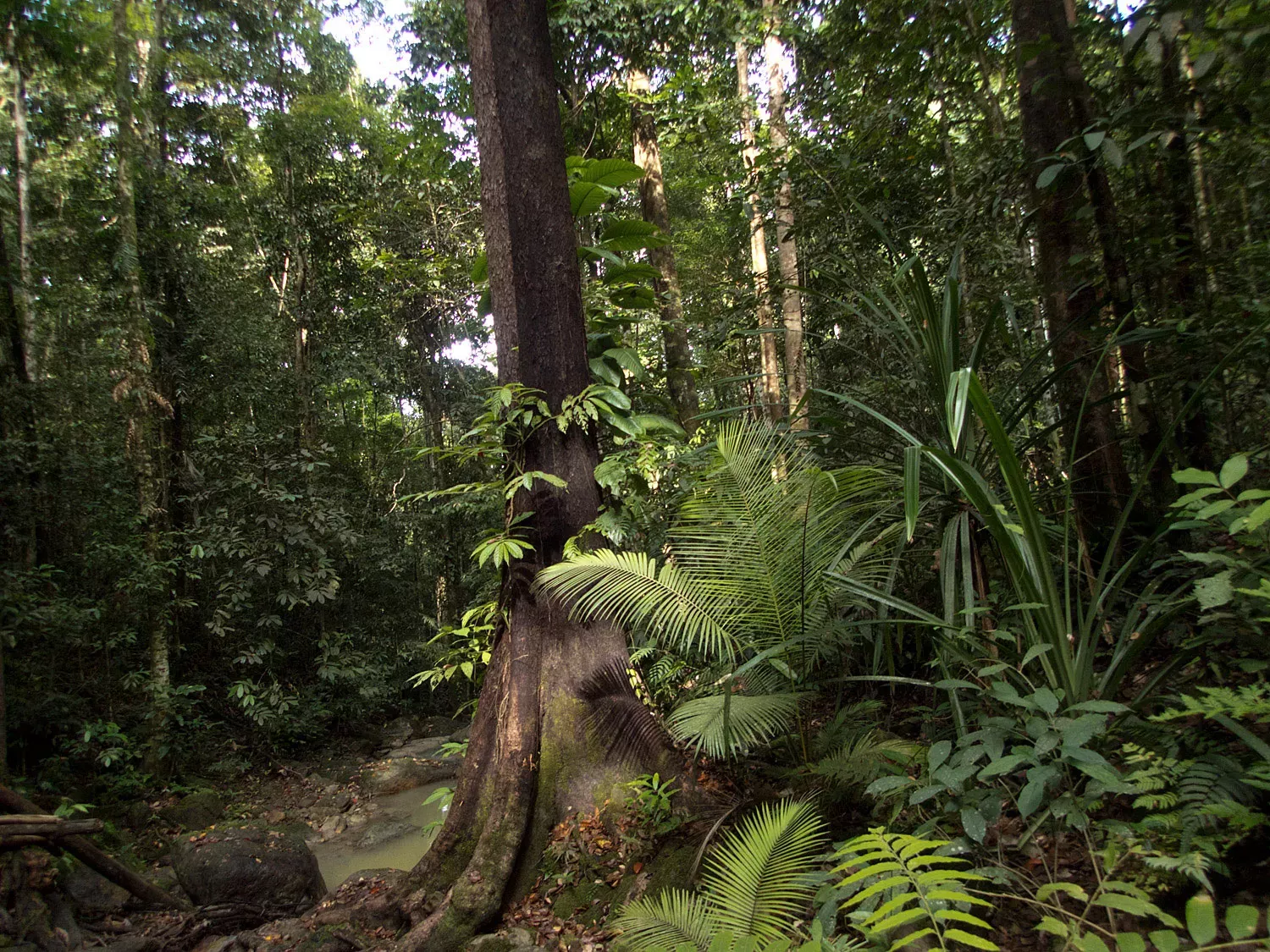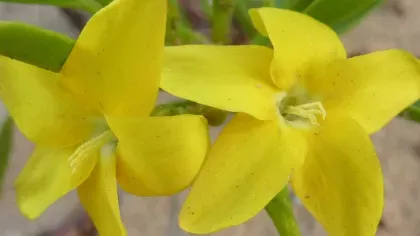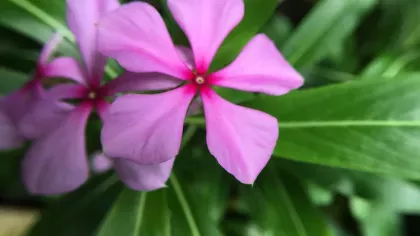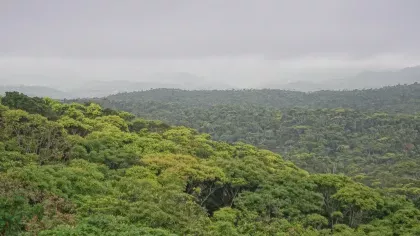2 September 2020
Into the wild: Plant drug discovery
The intrepid search for plant medicines in some of the remotest places on the planet.

Humans have been using plants as medicine throughout history.
Today, scientists travel to all corners of the globe, working with international partners, in search of potential medicines in plants and fungi that can help save lives.
Wild landscapes
This exciting search for new plant species and drug discovery can mean travelling to remote, wild, and sometimes dangerous locations.
Access to these remote places can be incredibly difficult, and the impenetrable wild habitat, such as rainforest or mountainous terrain, means that getting external medicines to the indigenous communities that live there isn’t always possible.
Many indigenous communities around the world rely upon their local plants and biodiversity for health and wellbeing.
Building on this traditional knowledge, Kew is involved in researching indigenous plant medicine solutions that are affordable, accessible, and available for local communities in different parts of the world.

Traditional medicines
The investigation and study of traditional plant medicines and natural substances used by indigenous societies is known as ethnopharmacology.
It brings together anthropology and plant science, merging the study of culture and human behaviour with pharmacology.
Ethnopharmacologists research plants and their chemical compounds and the effects they have on human beings.
Thanks to evolution, the production of useful antimicrobial compounds in plants has occurred as a way for plants to defend themselves from harmful microorganisms.
Nature has produced active molecules through millions of years of natural selection.

Finding plant cures
For some remote societies with no access to conventional pharmaceutical treatment, traditional plant medicine, already available in their environment, is the best method.
Dr Tom Prescott, Research Leader of Evaluation of Plant Uses at Kew, bases his research on this, testing the clinical effectiveness of traditional medicines, such as his study on the use of antimicrobial plants on skin ulcers in Papua New Guinea.
Local people in these indigenous communities walk barefoot in the rainforest but small scratches on their feet can easily get infected and turn into deep, chronic wounds.
These ulcerated infections can increase the risk of yaws disease.
As pharmaceutical supplies are limited here, Tom started searching for local cures.
The wealth of indigenous knowledge accrued over thousands of years and the immense biodiversity of the rainforest environment make Papua New Guinea a great place to start looking.
Local people have adapted to their environment by learning, through trial and error, which plants to use for particular needs, including to treat sores.
Many different plants are used in Papua New Guinea to treat skin ulcers, but Tom wanted to find the best treatment.
Looking at how the local communities treat ulcers in the absence of antibiotics, there may be several clinically effective natural cures, including Ficus septica.
The ulcers are caused by bacteria but also result in excessive inflammation.
We test the plant chemicals on bacterial pathogens as well as human inflammatory cells. Early indications show that any of these traditional plant medicines have very clear effects in these biological tests.

The wider benefits
Not all traditional medicine is clinically effective so testing and human trials are needed to ascertain which plant is scientifically best for treatment.
Tests in the laboratory can have a wide benefit and relevance to real life communities, and help people who may not have access to certain resources and testing equipment.
The intrepid search continues to discover currently unknown or undefined chemicals in plants which could prevent or cure diseases and make better lives for all.



